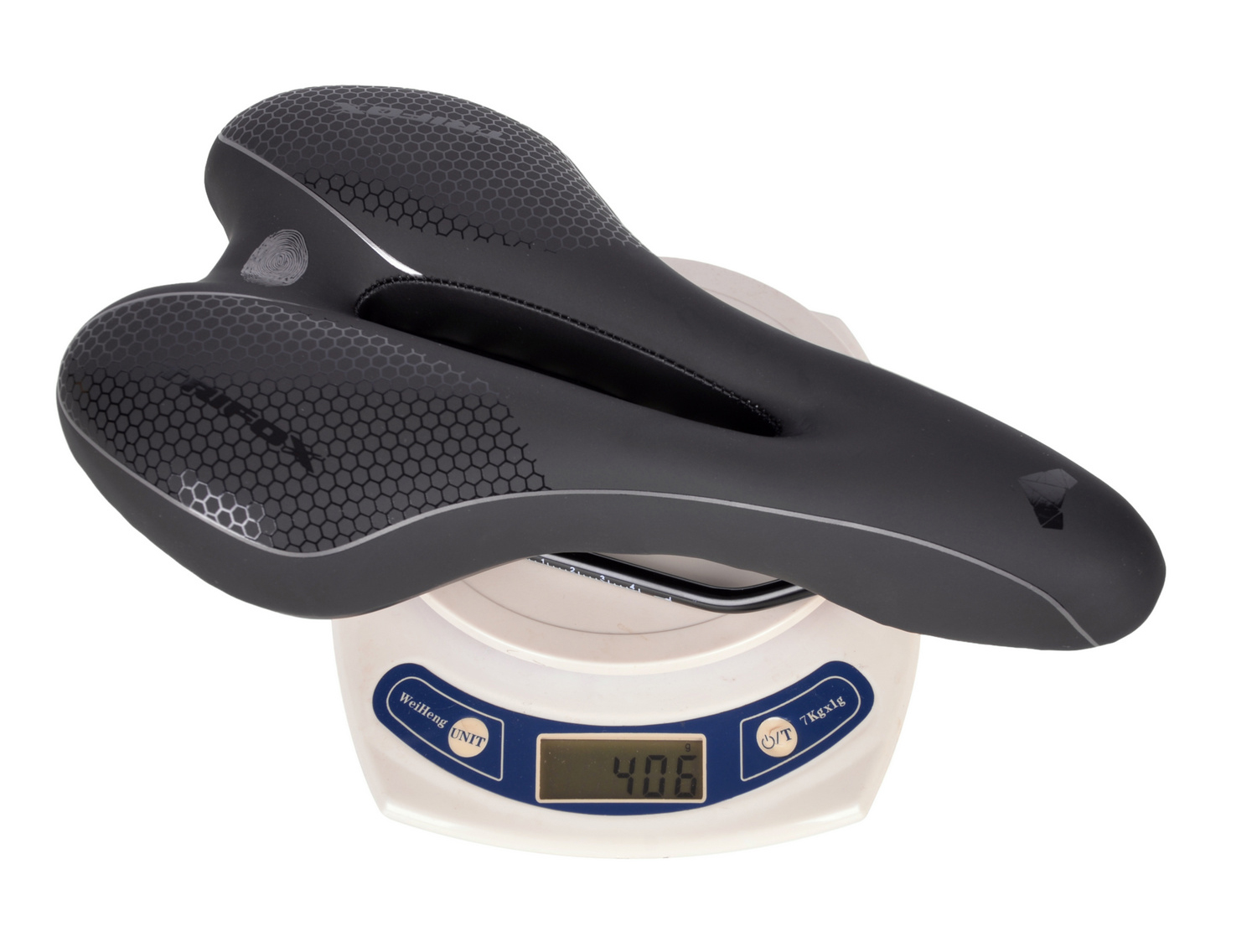The bicycle frame plays a crucial role in determining the performance, comfort, and overall riding experience of a cyclist. Every cyclist, from beginners to professional riders, understands the importance of having a good quality frame that can withstand the rigors of cycling. In this blog post, we will take an in-depth look at why bicycle frames are so important in cycling performance.
1. Frame Material:
The material of the bike frame determines the weight, strength, and stiffness of the bicycle, which directly affects its handling and performance. The most common frame materials used in cycling are steel, aluminum, titanium, and carbon fiber. Steel frames are known for their strength and durability, but they are also heavy and less responsive than other materials. Aluminum frames are lighter than steel and provide a more responsive ride, but they also tend to be stiffer and less comfortable. Titanium frames are durable and lightweight, but they are also expensive.
Carbon fiber frames are the most popular among professional cyclists due to their lightweight, stiffness, and strength. Carbon frames provide excellent vibration damping, making them more comfortable over long rides. For example Trifox carbon fiber bike.
2. Frame Geometry:
The geometry of the frame plays a vital role in determining the bike's comfort, stability, and handling. The frame's angles, tube lengths, and heights affect the rider's riding position, weight distribution, and overall balance. For example, a road bike has a more aggressive geometry that requires the rider to lean forward, while a mountain bike has a more upright position that allows the rider to sit more comfortably. The frame geometry also affects the bike's stability and handling on different terrains, corners, and speeds.
3. Frame Design:
The frame design involves the shape, thickness, and welding technique of the frame. A well-designed frame can provide lateral stiffness for a better power transfer, vertical compliance for more comfortable rides, and excellent aerodynamics for faster speeds. For example, aero frames are designed to reduce wind resistance and minimize drag, making them popular for time trial riders and triathletes. The type of welding technique used also affects the frame's durability and strength. A good quality frame should have clean and smooth welds in critical stress points.
4. Compatibility and Customization:
Another important aspect of bike frames is their compatibility with other components such as wheels, brakes, and drivetrain. A good quality frame should allow for easy customization and upgrades to accommodate the rider's needs and preferences. The frame should also be compatible with different wheel sizes, tire widths, and suspension systems for different terrains and riding styles.
5. Overall Performance:
In summary, the bike frame plays a critical role in determining the overall cycling performance, comfort, and riding experience. A well-designed frame made from good quality materials can provide excellent stiffness, strength, and vibration damping, allowing for better power transfer, comfort, and speed. The frame geometry and design influence the bike's stability, handling, and aerodynamics, making it suitable for different riding styles and terrains. A good quality frame should also allow for easy customization and upgrades to fit the rider's individual needs and preferences.

Conclusion:
Choosing the right bike frame is critical for achieving optimal cycling performance and comfort. The frame material, geometry, design, compatibility, and customization options all play a vital role in determining the bike's overall performance. Investing in a good quality frame that suits your individual needs and riding style is crucial for maximizing your cycling experience.




















































































